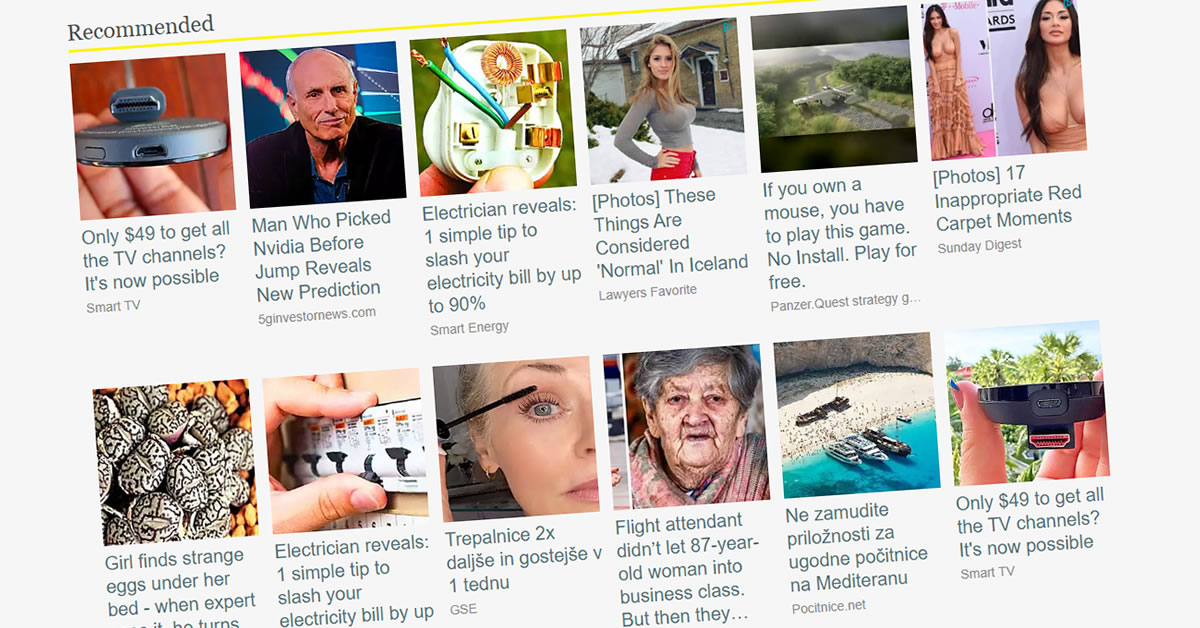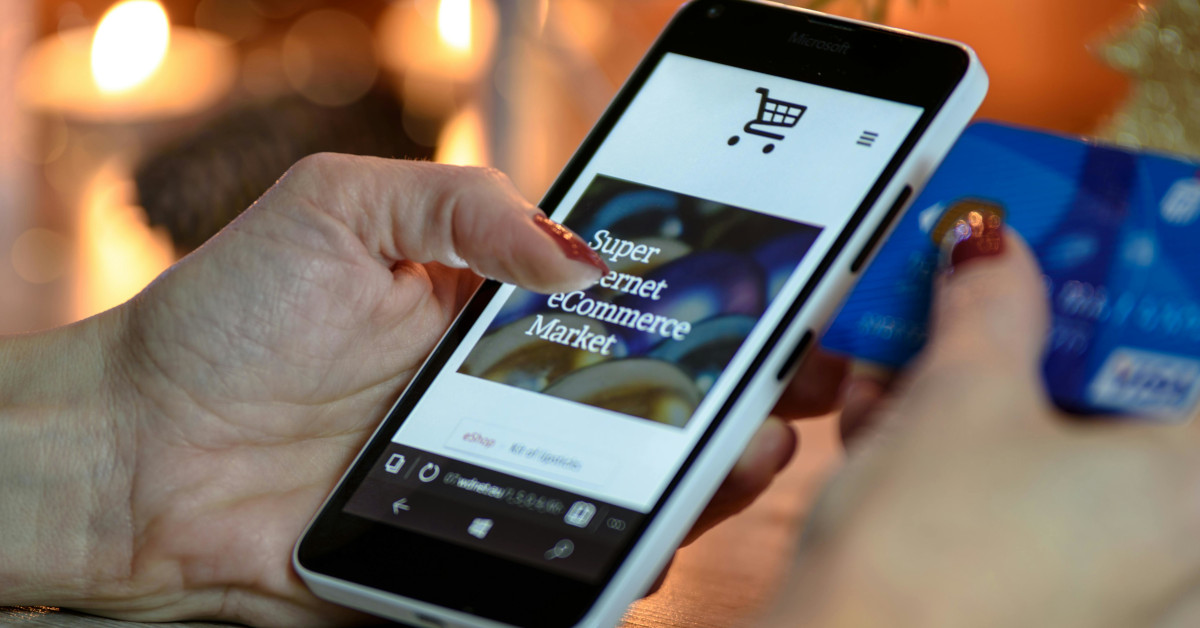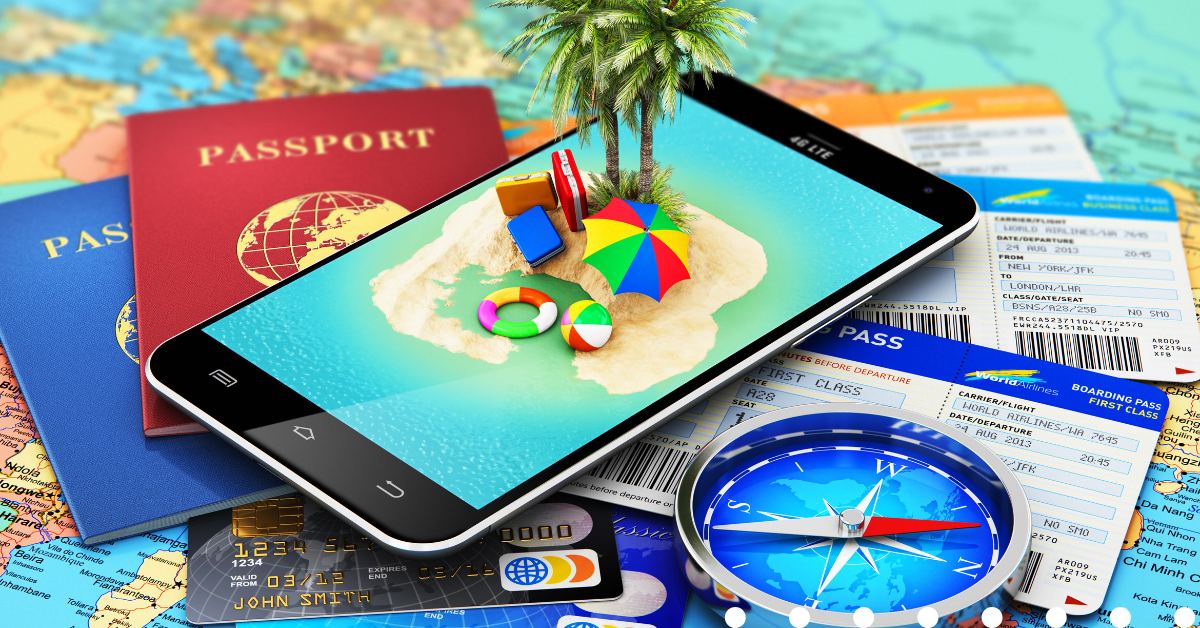Best Days to Send B2B Emails:
Discover When Your Messages Make the Biggest Impact
When it comes to reaching the right audience through email marketing, timing can be just as important as the content. In B2B email marketing, the day and time you send your emails can significantly impact their open and response rates.
Understanding when to send emails to your business clients can make all the difference in ensuring your message gets noticed. But with the various factors at play, it’s not always easy to pinpoint the best time.
Explore our Email Marketing Services to see how we help clients improve timing and results.
The scheduling of B2B emails depends largely on the nature of your industry, your audience’s daily routines, and even the specific goals of your campaign.
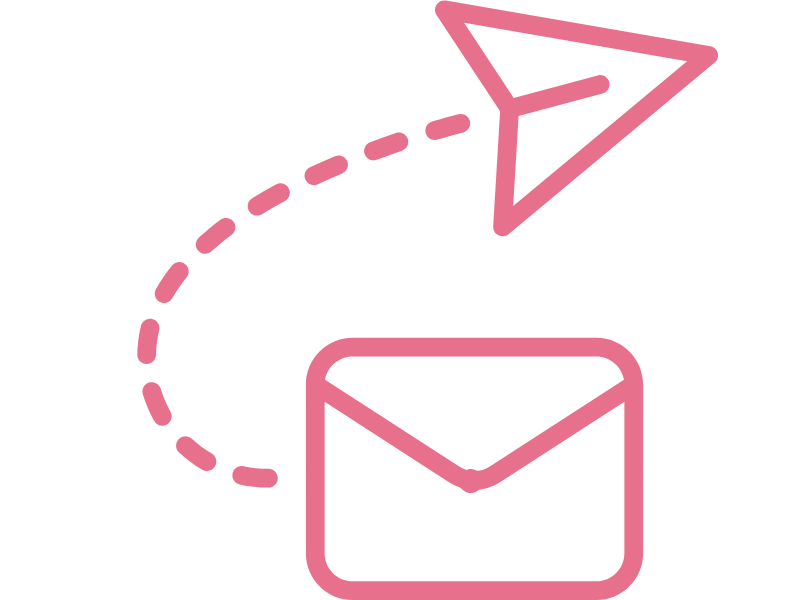
However, there are certain guidelines and patterns that have been shown to increase the likelihood of success when sending business-to-business emails.
While there are some commonly accepted days and times that yield better results, it’s essential to remember that every business is different. Let’s dive into the best days to send b2b emails, with a reminder that every audience is unique.
Which Days Are Best to Send B2B Emails?
The timing of B2B email sends is a topic that often sparks debate in digital marketing. However, based on common trends, here are the most effective days to send B2B emails:
Tuesdays, Wednesdays, and Thursdays
These mid-week days tend to yield the highest open rates and engagement. Business professionals are generally more settled into their workweek, and they’re not yet overwhelmed by deadlines that typically occur later in the week.
During these days, professionals are also more likely to have time to check and respond to emails, increasing the likelihood that your message will be seen and acted upon.
Explore how top brands achieve remarkable retargeting success in our B2B Retargeting Ad Examples article.
Why Mid-Week Works Best
Mid-week days like Tuesday to Thursday provide a sweet spot when people are focused but not overloaded. Professionals are able to catch up on emails and tasks without being bogged down by the chaos that can accompany the beginning or end of the week. These days offer the best chances for high engagement.
Mondays Are Less Effective
Mondays tend to be less effective for B2B emails, as many professionals are beginning their week by catching up on tasks from the weekend or attending meetings. Emails sent on Monday are often buried under a pile of work-related priorities, making it less likely for them to be opened and acted upon immediately.
Fridays Are Challenging
Fridays present another challenge for email engagement. As the workweek winds down, many professionals are preparing for the weekend or finalizing their work for the week, which results in lower engagement with emails. Sending emails on Friday can mean they are overlooked or forgotten by the time the workweek concludes.
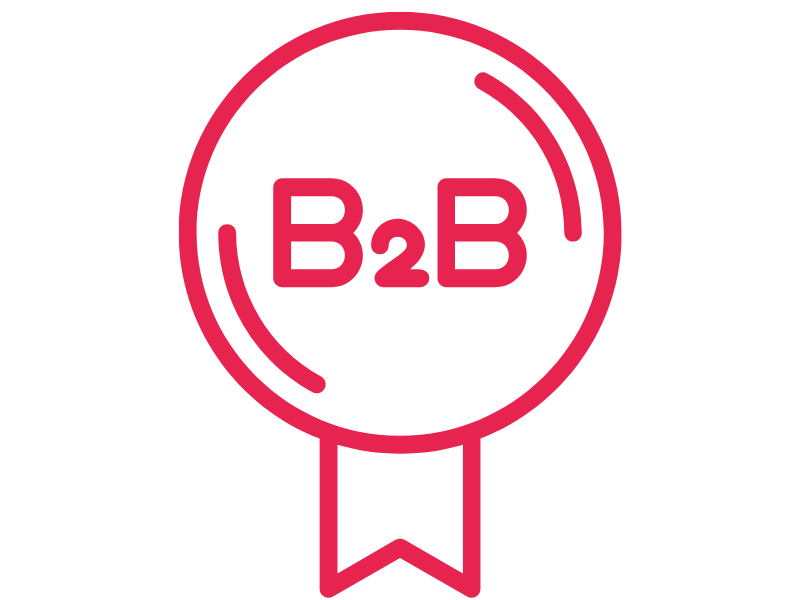
Best Times to Send B2B Emails
Once you’ve determined which days work best for sending your emails, the next step is choosing the ideal time.
Studies have shown that the best times to send B2B emails are typically during working hours, between 10 a.m. and 12 p.m. local time. This is when professionals have settled into their workday and are likely to check their inboxes before lunch.
Another good time is in the early afternoon, around 1 p.m. to 3 p.m., when employees have returned from their break and are tackling the tasks for the rest of the day.
However, avoid sending emails too early in the morning, as they might get buried in your recipients’ inboxes alongside other overnight emails. Similarly, sending emails too late in the day risks them being overlooked by busy professionals wrapping up their day.
These findings are also supported by HubSpot’s comprehensive email timing report, which highlights Tuesday and Thursday as top-performing days across B2B sectors.
According to Mailchimp’s latest email marketing benchmarks, open and click rates tend to peak mid-morning for professional audiences — making this slot crucial for engagement.
Does This Strategy Work for Every Industry?
While the advice provided above applies to many B2B industries, it’s essential to recognize that every industry operates differently, and what works for one sector might not be as effective in another.
For example, an email sent to the tech industry may yield different results compared to one sent to the finance sector.
This is because each industry has its own unique dynamics, and their clients may have different working schedules, priorities, and email engagement habits.
In industries such as tech, where clients may be more flexible with their schedules and often have a more global or remote workforce, the best days and times for email outreach might differ from those in more traditional sectors like finance or law.
For instance, in fast-paced industries where clients are under tight deadlines, emails may be better received during quieter hours or just before the end of the workday.
Discover how tailored email marketing strategies can enhance engagement across various industries in our Email Marketing Content Agency service overview.
On the other hand, in industries with more rigid schedules, such as finance, email responses might peak during specific times when professionals have brief moments between meetings or after lunch.
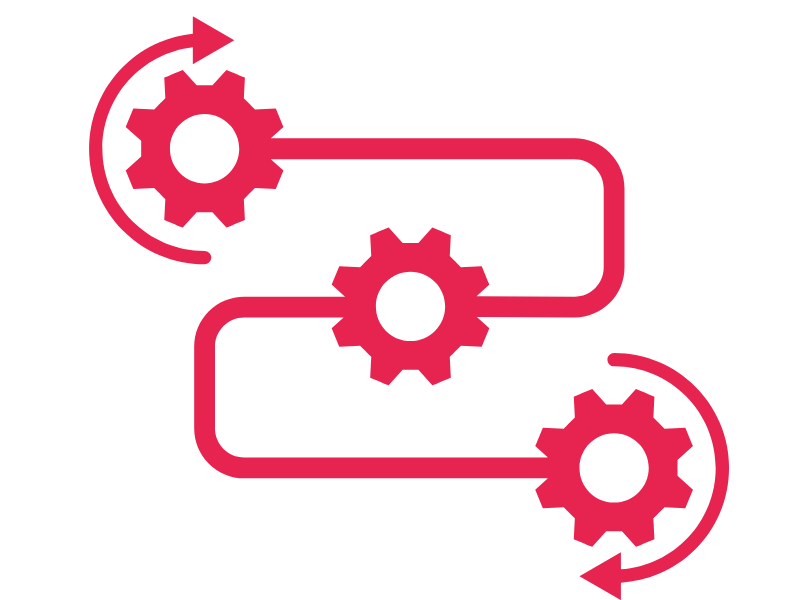
It’s important to understand that no single strategy will apply universally across all B2B sectors. Other factors, such as your target audience’s time zones, their specific work culture, and even the type of product or service you’re offering, can significantly influence the effectiveness of your email campaigns.
The key takeaway here is that there is no universal “best time” for all B2B emails. The best strategy is to continually evaluate and adapt your approach based on the nuances of your specific industry, audience, and business goals. By doing so, you’ll be able to optimize your email campaigns to engage the right people at the right time, increasing your chances of success.
Testing Your Email Strategy
The most effective approach to optimizing your email campaigns is through continuous testing. A/B testing allows you to experiment with different variables, such as sending emails on different days of the week or at various times of the day, to identify patterns that work best for your specific business and audience.
For example, you may discover that your audience responds better to Monday morning emails, while others may show higher engagement on Friday afternoons.
The key is to track the performance of each send and gather data to refine your strategy over time. Testing will help you understand your audience’s preferences and improve your email campaign results consistently.
Conclusion
To conclude, finding the best days to send B2B emails is not a one-size-fits-all solution. While the general trend is to focus on mid-week days and working hours, your specific industry and audience will play a crucial role in determining the optimal time. The best advice is to continually test your email marketing strategies to identify what works for your clientele.
Ready to Improve Your Email Timing?
At D-Studio Consulting, we can help you set up and manage your email campaigns, track performance, and offer tailored consulting services to help you get the best results. Contact D-Studio to get started.


